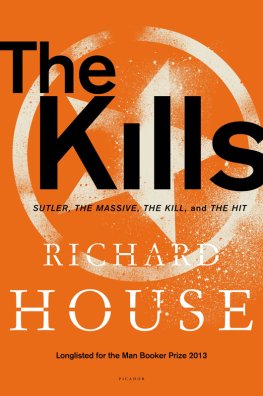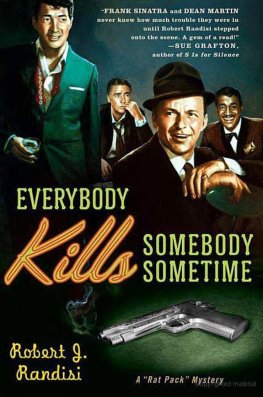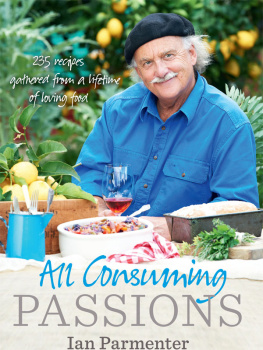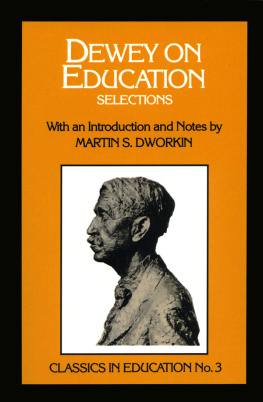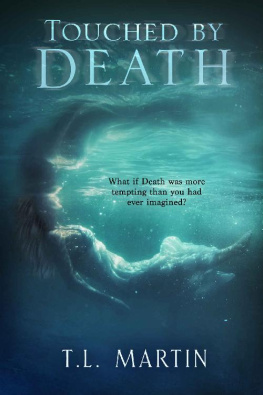Martin V. Melosi - Fresh Kills: A History of Consuming and Discarding in New York City
Here you can read online Martin V. Melosi - Fresh Kills: A History of Consuming and Discarding in New York City full text of the book (entire story) in english for free. Download pdf and epub, get meaning, cover and reviews about this ebook. year: 2020, publisher: Columbia University Press, genre: Politics. Description of the work, (preface) as well as reviews are available. Best literature library LitArk.com created for fans of good reading and offers a wide selection of genres:
Romance novel
Science fiction
Adventure
Detective
Science
History
Home and family
Prose
Art
Politics
Computer
Non-fiction
Religion
Business
Children
Humor
Choose a favorite category and find really read worthwhile books. Enjoy immersion in the world of imagination, feel the emotions of the characters or learn something new for yourself, make an fascinating discovery.

- Book:Fresh Kills: A History of Consuming and Discarding in New York City
- Author:
- Publisher:Columbia University Press
- Genre:
- Year:2020
- Rating:4 / 5
- Favourites:Add to favourites
- Your mark:
- 80
- 1
- 2
- 3
- 4
- 5
Fresh Kills: A History of Consuming and Discarding in New York City: summary, description and annotation
We offer to read an annotation, description, summary or preface (depends on what the author of the book "Fresh Kills: A History of Consuming and Discarding in New York City" wrote himself). If you haven't found the necessary information about the book — write in the comments, we will try to find it.
Fresh Kills: A History of Consuming and Discarding in New York City — read online for free the complete book (whole text) full work
Below is the text of the book, divided by pages. System saving the place of the last page read, allows you to conveniently read the book "Fresh Kills: A History of Consuming and Discarding in New York City" online for free, without having to search again every time where you left off. Put a bookmark, and you can go to the page where you finished reading at any time.
Font size:
Interval:
Bookmark:
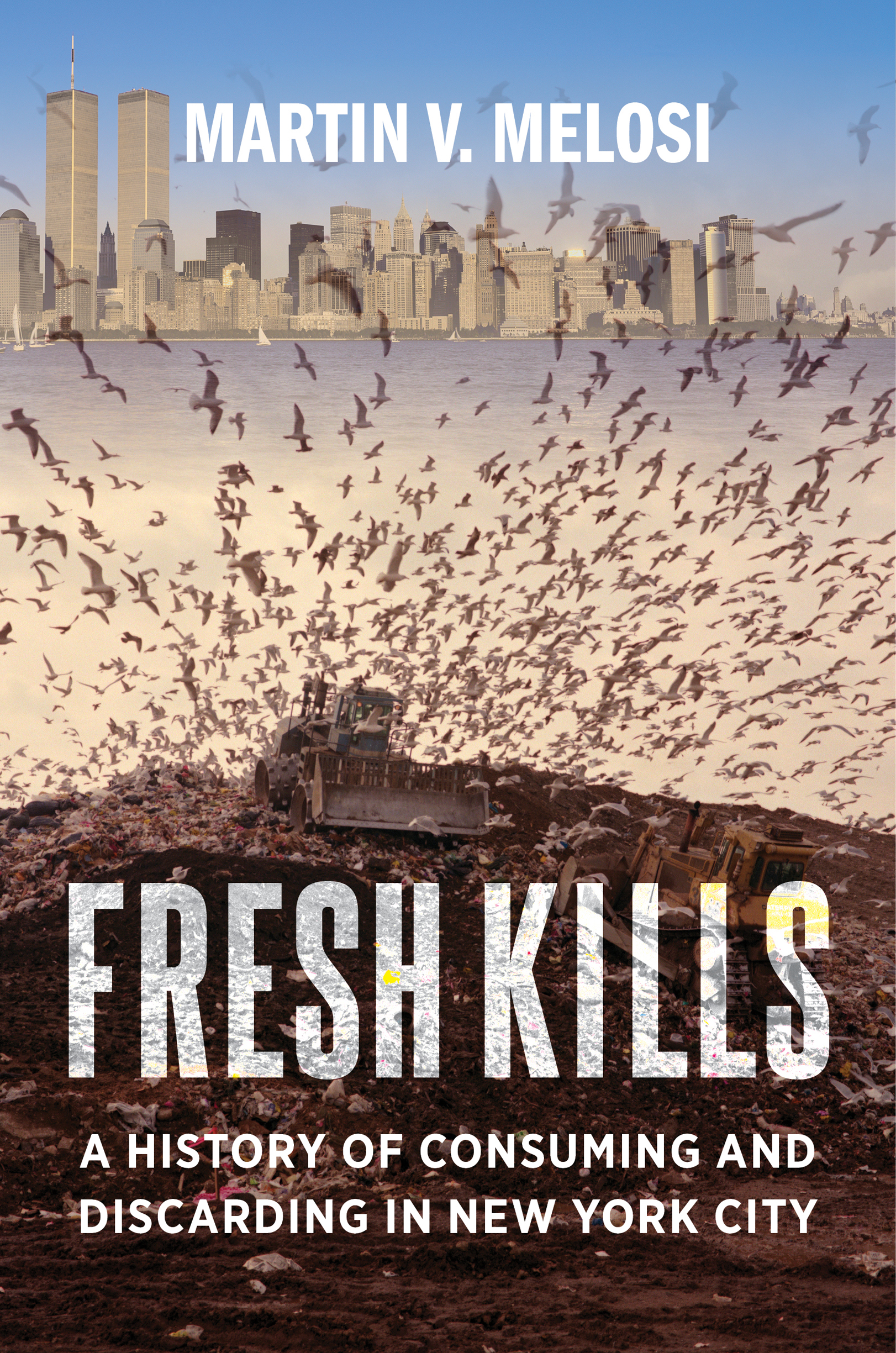
FRESH KILLS
MARTIN V. MELOSI
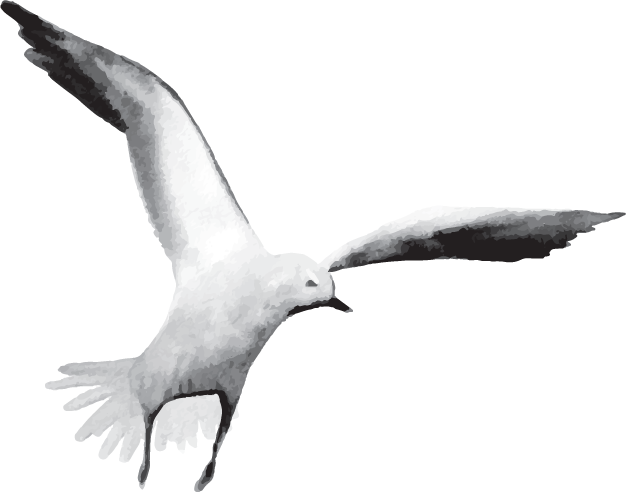
FRESH KILLS
A HISTORY OF CONSUMING AND DISCARDING IN NEW YORK CITY
Columbia University Press
New York

Columbia University Press
Publishers Since 1893
New YorkChichester, West Sussex
cup.columbia.edu
Copyright 2020 Columbia University Press
All rights reserved
E-ISBN 978-0-231-54835-9
Library of Congress Cataloging-in-Publication Data
Names: Melosi, Martin V., 1947 author.
Title: Fresh Kills : a history of consuming and discarding in New York City / Martin V. Melosi.
Description: New York : Columbia University Press, 2020. | Includes bibliographical references and index.
Identifiers: LCCN 2019023877 (print) | LCCN 2019023878 (ebook) | ISBN 9780231189484 (cloth) | ISBN 9780231189491 (paperback) | ISBN 9780231548359 (ebook)
Subjects: LCSH: Sanitary landfill closuresNew York (State)New York. | Fresh Kills Landfill (New York, N.Y.) | Freshkills Park (New York, N.Y.)
Classification: LCC TD788.4.N72 M45 2020 (print) | LCC TD788.4.N72 (ebook) | DDC 628.4/45640974726dc23
LC record available at https://lccn.loc.gov/2019023877
LC ebook record available at https://lccn.loc.gov/2019023878
A Columbia University Press E-book.
CUP would be pleased to hear about your reading experience with this e-book at .
Cover image: Digital composite. Diane Cook and Fotosearch/Getty Images and Len Jenshel/Getty Images
Cover design: Lisa Hamm
For Gianna and Angelina
T he idea for this book began a more than ten years ago as a narrative history of the largest landfill (or one of the largest) that the world had ever seenFresh Kills on Staten Island, New York. A 1991 op-ed piece in the local newspaper noted that Staten Islanders live side by side with a landfill thats larger than some cities. My awareness of the site, however, goes back to the late 1970s. At that time I was doing research in New York City for a book project that ultimately became Garbage in the Cities: Refuse, Reform, and the Environment, 18801920 (College Station: Texas A&M University Press, 1981). On the research trip I became acquainted with the work of the Department of Sanitation, which was responsible for the collection and disposal of refuse for the city. I mined what documents were available, and I met a few people associated with the department, including a former commissioner. I did not venture to Staten Island, nor did I visit the wastescape at the time.
In Garbage in the Cities I briefly discussed Fresh Kills, mostly as a gee whiz example of a massive dumping ground for Gothams never-ending stream of solid waste. By the 1980s, landfills were becoming too expensive to build or facing increasing criticism as environmental failures. Yet Fresh Kills was going strong and remained a marvel of large-scale engineering for many more years, much to the frustration of most Staten Islanders. As the book made the academic and public rounds, I got to know many engineers, city officials, lawyers, and business leaders associated with the waste management field. Colleagues dubbed me the garbage historiana moniker I was not very happy with. I soon came to respect and appreciate the variety of people in the solid waste field for the work they did, and I reveled in the small but growing field of urban environmental history (which included my good friend and mentor Joel Tarr) interested in city services and urban technology. I also had the opportunity to meet Mierle Laderman Ukeles, an imaginative artist, who celebrated the efforts of New York sanitation workers and provided trenchant commentary on the implications of consumption and waste in our society. On a personal note, I learned that my dads first cousin had been a sanitation worker for Sunset Scavenger Company in San Francisco, and in the 1990s my brother began working for Browning-Ferris, Inc., in Montana and Wisconsin, and later for Allied Waste in Utah, as a safety inspector.
Although my scholarship on the urban environment and solid waste was equally fascinating and quirky to me, I soon came to realize the daunting challenge of confronting the waste issue as a vital health and environmental imperative. On a trip to Newark in 1983 to give a talk at the New Jersey Institute of Technology, a colleague took me to the Meadowlands, where I got my first glimpse of a vast landfill sitenot as big as Fresh Kills but nevertheless gigantic. In 1988, I chaired a small session at Hunter College in New York City, which pitted an incinerator executive against the famous environmentalist Barry Commoner. The session centered on reintroducing incineration in the Big Apple, and I marveled (and was stunned) at the verbal fireworks that ensued, especially from the unwavering Commoner. I was able to observe firsthand the intensity and divisiveness that differences over waste disposal could provoke.
For the next ten years, I devoted most of my time to topics other than waste management, but I returned to it as part of my research for The Sanitary City: Urban Infrastructure in America from Colonial Times to the Present (Baltimore, MD: Johns Hopkins University Press, 2001). The book dealt with solid waste, water, and wastewater services, and since I knew less about the latter two, most of my original research focused there.
What brought me back to Fresh Kills was a phone call from the archeologist/garbologist Bill Rathje in late 2001 or early 2002. Bill was engaged in work related to the September 11 disaster, especially the decision to transfer debris and human remains from the wreckage of the Twin Towers to Staten Island. He wanted to pick my brain about approaching the research, especially since I had recently conducted a major project for the National Park Service on the historical significance of the Fresno, California, Landfill (an amazing story for another day). After our conversation, I filed away what Bill had told me about Fresh Kills and its ties to September 11, briefly reflecting on this curious turn in the landfills history.
Probably two or three years later, around the time that I was trying to decide on a future book project, I recalled my conversation with Bill Rathje. The idea of developing a book on Fresh Kills grew beyond a story of the building and closing of the site and its gee whiz image. I envisioned work along two parallel lines: First, my long-standing fascination with the massive landfill, its role in New Yorks refuse-management history (and solid waste history in general), and its place in the changing physical landscape of Staten Island. Second, and more recent to my thinking, was the desire to explore Fresh Kill broadly in terms of the causes and effects not only as a site but as a symbol. This meant, among other things, trying to understand how rampant consumption of goods and services, especially since World War II, created entirely novel waste disposal problems. Taking some hints from the new field of critical discard studies, I also wanted to examine a little more deeply the social construction of waste and wasting in the United States, especially the value (or lack of value) that people place on material things. Such an exploration might help explain what kinds of disposal were acceptable and how people responded to such a massive facility as Fresh Kills. Of course, such exposure also would be shaped by perceptions based on the sites nuisance characteristics and its potential health and environmental risk factors.
Font size:
Interval:
Bookmark:
Similar books «Fresh Kills: A History of Consuming and Discarding in New York City»
Look at similar books to Fresh Kills: A History of Consuming and Discarding in New York City. We have selected literature similar in name and meaning in the hope of providing readers with more options to find new, interesting, not yet read works.
Discussion, reviews of the book Fresh Kills: A History of Consuming and Discarding in New York City and just readers' own opinions. Leave your comments, write what you think about the work, its meaning or the main characters. Specify what exactly you liked and what you didn't like, and why you think so.

